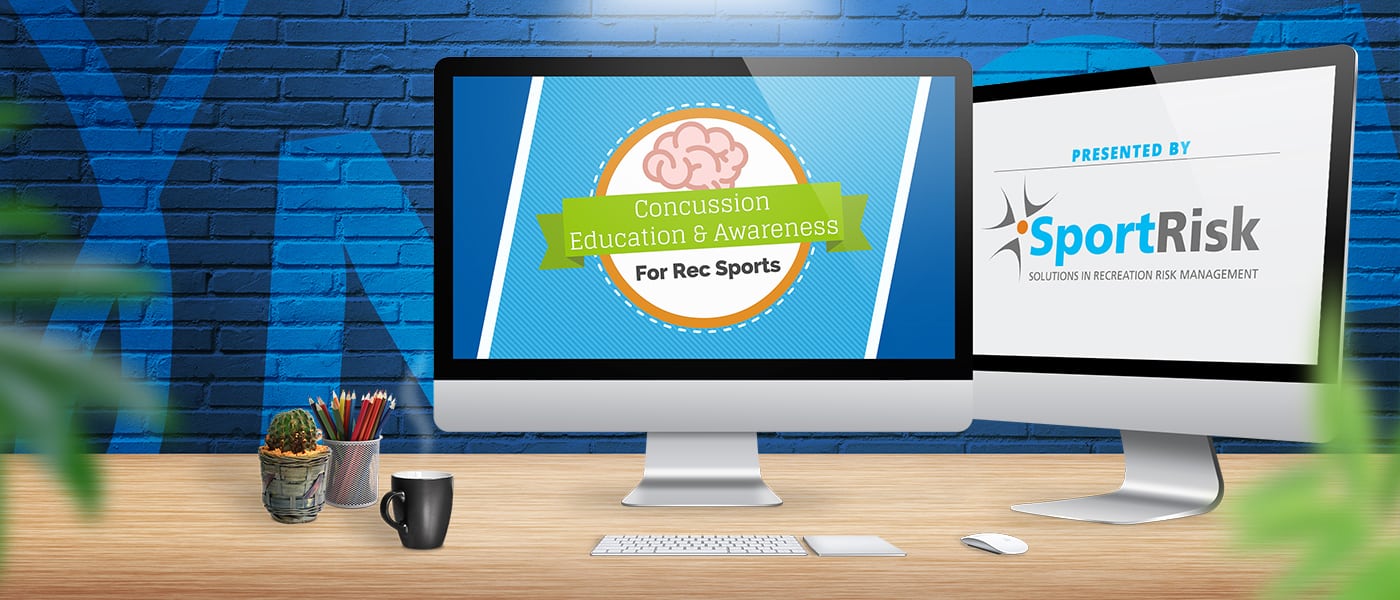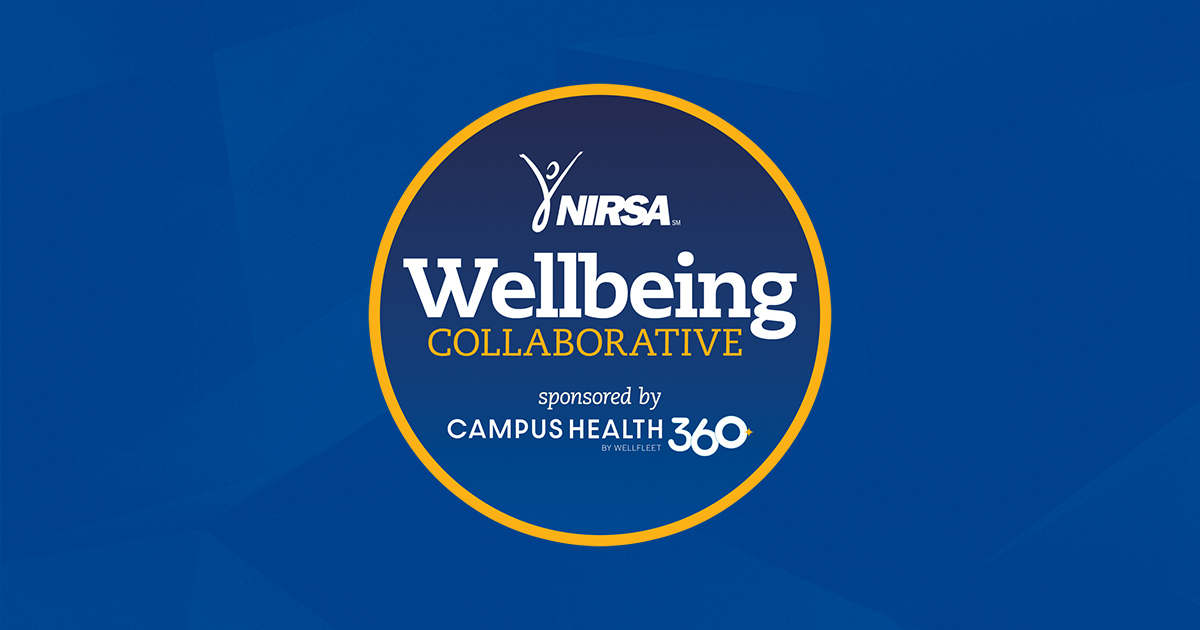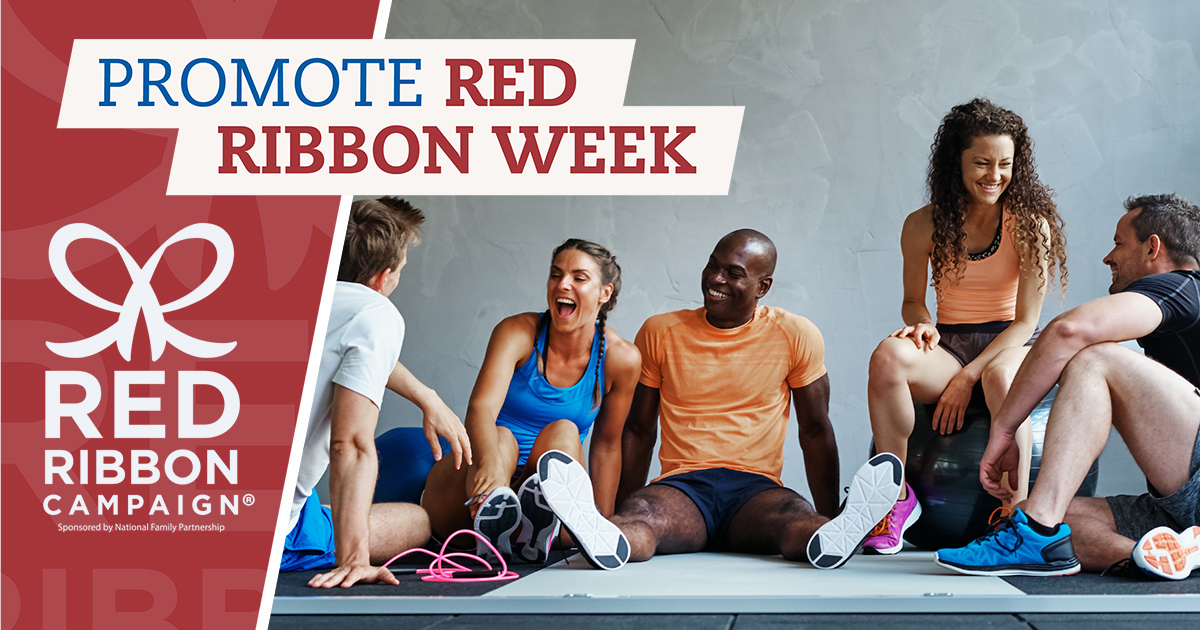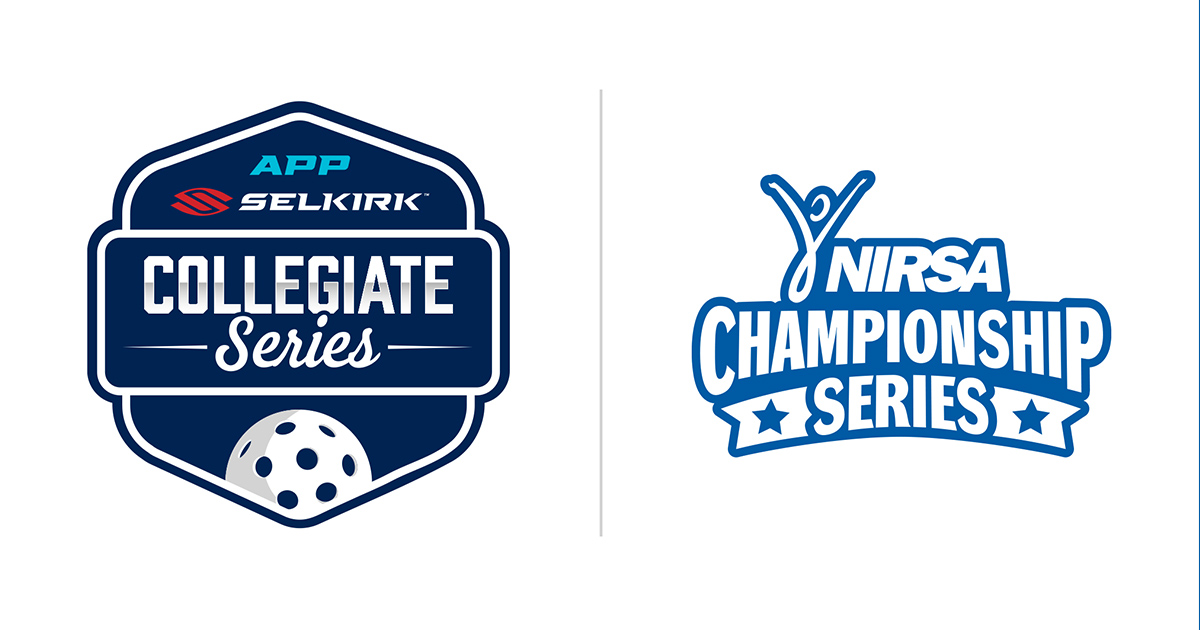The coming together looked innocuous enough at the time it happened. Two high school volleyball players colliding as they reached simultaneously to retrieve a ball. One of the players took the brunt of the collision, falling awkwardly and hitting her head on the floor with a soft thump.
She got up slowly, rubbed her head and walked unsteadily to the bench. The coach asked her how she felt. She seemed okay and appeared to the coach to show none of the common signs of suffering a concussion. She got up and walked back on the floor.
Rewind
At the beginning of the season, the coach had organized a team session to talk about concussion education/awareness. In addition to educating the team about the physiology and common symptoms of concussions, the coach also spoke about shared responsibility.
He spoke about his responsibility as a coach to ensure athletes who showed signs of a concussion did not return to the play until they had been properly evaluated. And he talked about the athlete’s responsibility – their responsibility to their fellow athletes to be aware of and responsive to their teammates in a possible concussion scenario. The coach used the opportunity to try and instill in his young charges the importance of players not trying to ‘tough it out’ or players feeling they would let down the team if they didn’t keeping going despite not feeling quite right.
While winning games and building skills was important, their long-term safety was his paramount concern.
Back on the court
When the player walked back onto the court, her teammates gathered around and started talking to her. It wasn’t long before all of them were suggesting that she sit out the rest of the game as she didn’t look 100%. But, in the heat of the game, the player refused to leave the court.
And guess what happened next? The other players on her own team left the floor and sat on the bench! The injured player realized they were not coming back – unless she removed herself from the game. Now that’s taking a shared responsibility seriously!
What do your school’s concussion protocols look like?
At SportRisk, we’ve developed a concussion training package to help you ensure that your recreation staff and participants are aware of concussions and their implications, and train key people in your organization how to recognize and respond to suspected concussions.
Endorsed by the NIRSA Concussion Advisory Council, this tool is easy to implement, reduces staff time dedicated to data entry, and can help you demonstrate due diligence to your campus programs insurer. “The training program emphasizes the importance of a comprehensive team approach that includes administration, coaches, athletes, officials, medical staff and fans. The video is cleverly produced to capture the attention of the audience and deliver the message in a succinct and easy to remember way,” says Glen Bergeron PhD, CAT(C), Director of the Heads Up Concussion Institute at the University of Winnipeg.
NIRSA members can send me an email to get a free 24-hour trial of either of the animated videos.
- For more information about the SportRisk concussions training package, visit the SportRisk website.
Ian McGregor, PhD, is currently the President of Ian McGregor & Associates.







